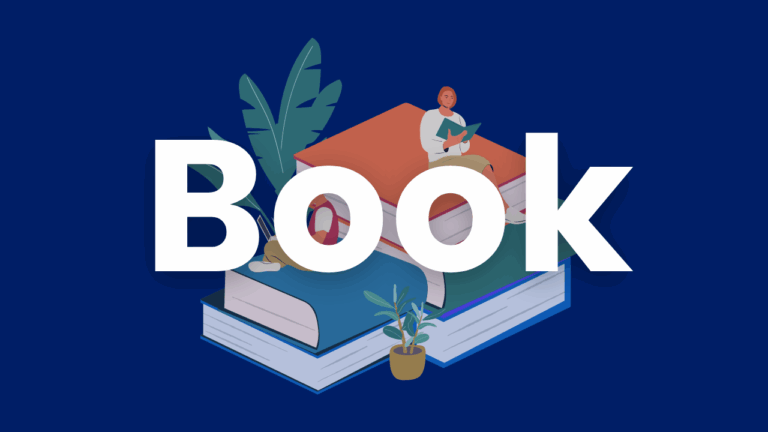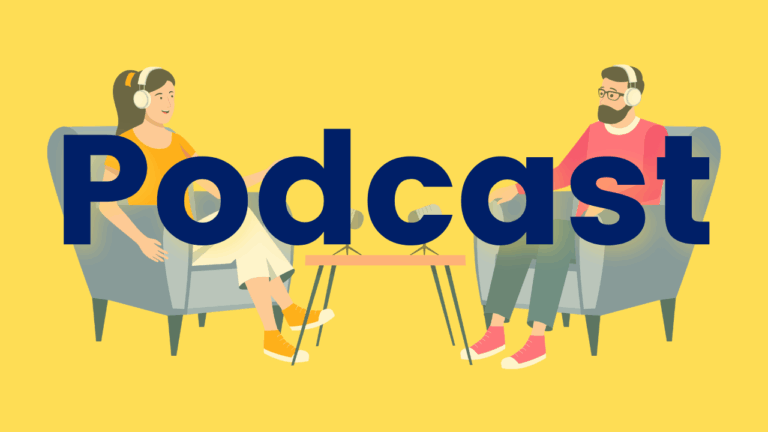Teaching TV: Learning With Television
In the « Teaching TV: Learning with Television » lesson from Elizabeth Verrall’s five-part unit for elementary classrooms, students are introduced to television as an informative source and its presentation from specific perspectives. The lesson aims to cultivate students’ ability to derive information from media, identify and use information from various sources, including television, recognize informative TV…





